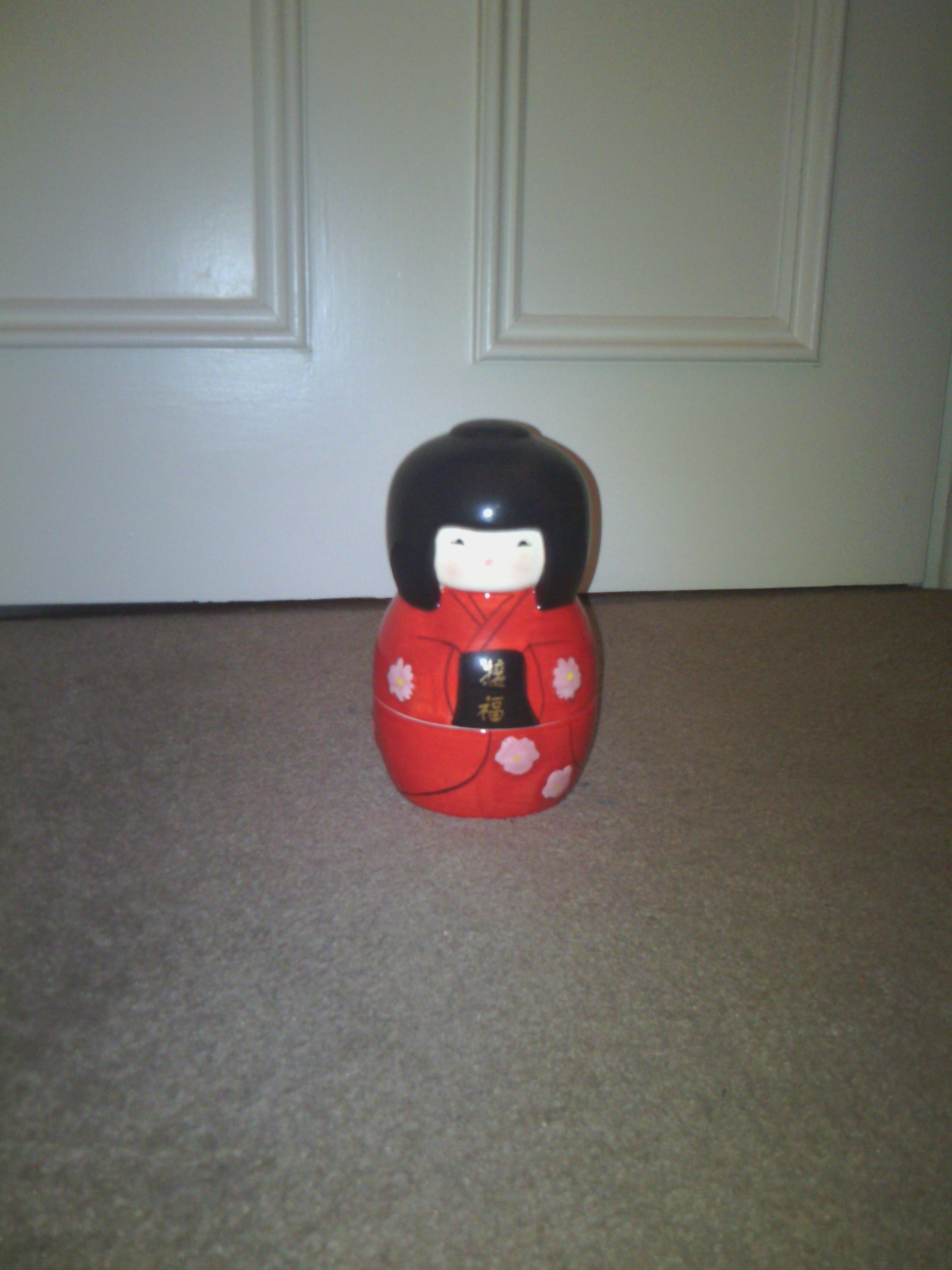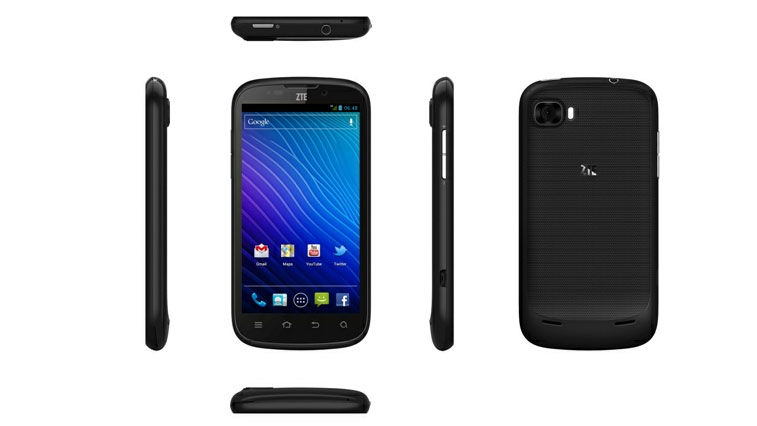Why you can trust TechRadar
The ZTE Grand X comes with a 5-megapixel main camera, which puts it into the same category as recent midfield competitors like the HTC One V and the Nokia Lumia 710.
It also strengthens the Grand X's status as something of a Samsung Galaxy Nexus-mini in all but name, with the Android 4.0 flagship also relying on a 5-megapixel snapper.
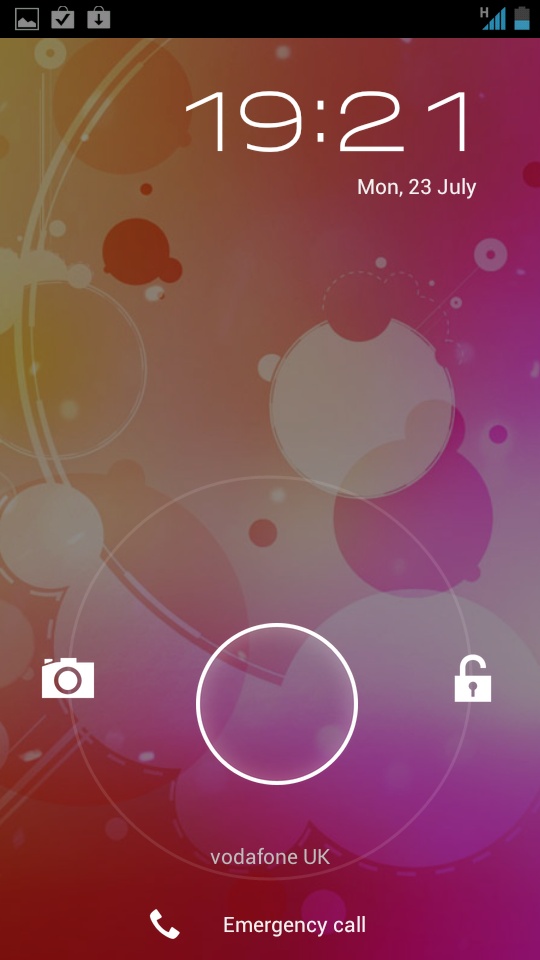
If the Camera app doesn't load up instantly, it doesn't hang around too long. In addition, you can jump straight to it from the lock screen by sliding the icon left rather than right - ideal for those times when you're hurrying to capture those impromptu moments.
The only better way than this to access a camera app is through a dedicated camera button, but sadly the ZTE Grand X follows the herd in omitting such a specialised hardware option.
You can use the volume buttons to take snaps, but as they naturally fall under your left thumb it's a little awkward.
We found there was a little too much lag in between pressing the virtual shutter button and the picture being taken, which was frustrating.
As you'd expect from such a decently kitted out phone, the Grand X camera comes with a flash for low light shots, and it does the job for close-up indoor shots - particularly when combined with the night scene mode. Any kind of distance is a bit of a no-no, though.
Other than this, picture quality is okay when viewing back on the phone itself or even previewing on a PC monitor - provided you feed them with ample light.
Look closely at the images in their original 5-megapixel size, though and it's a bit of a blurry mess. But then, you'd expect that of a mid-range smartphone camera. For posting images to your social network of choice, it's not bad.
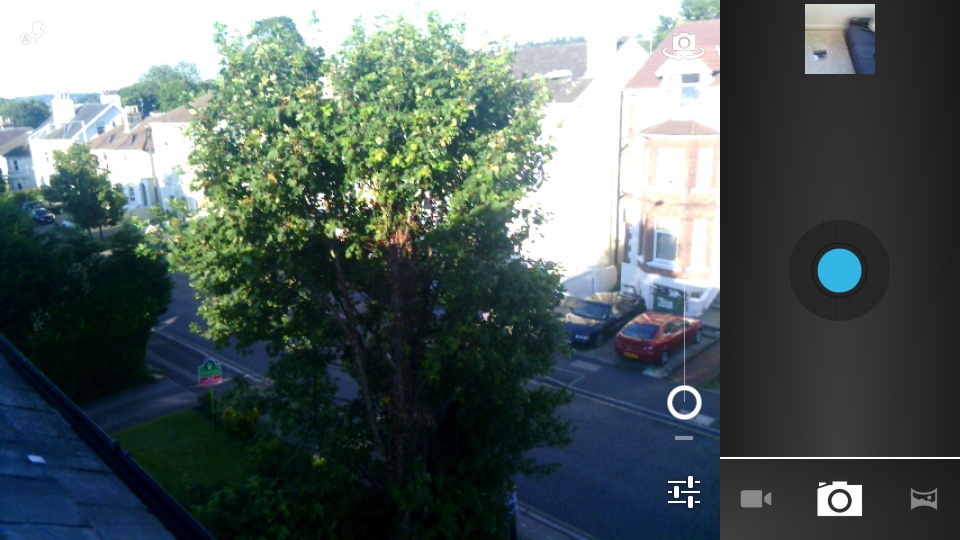
At this size, and on a sunny day, we found that the Grand X produced some reasonable pictures, but colours do appear washed out.
The biggest shortcoming here is dynamic range, or lack thereof, with the ZTE Grand X simply unable to cope with extremes of light and shadow.
On a more positive note, touch-to-zoom allows for some nice depth of field and macro shots. Face detection also plays its part, picking out those cheesy smiles quickly and fairly consistently.
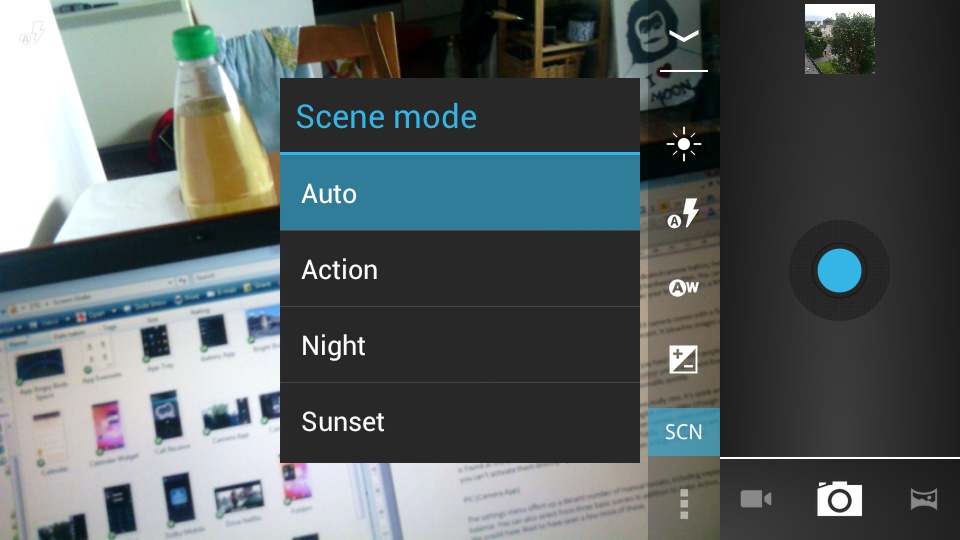
The camera app itself is the default Android 4.0 one, which we really rate. It's quick and easy to use, with a nice big digital zoom slider (though using this destroys detail).
The selection controls for switching between camera, video and panorama shots is found at the bottom right, but this seems unnecessarily fiddly - all three icons are visible, but you can't activate them directly - you have to touch to open a larger menu first.
The settings menu offers up a decent number of manual tweaks, including exposure and white balance.
You can also select from three basic scenes in addition to Auto: Action, Night or Sunset. We would have liked to have seen a few more of these, in truth.
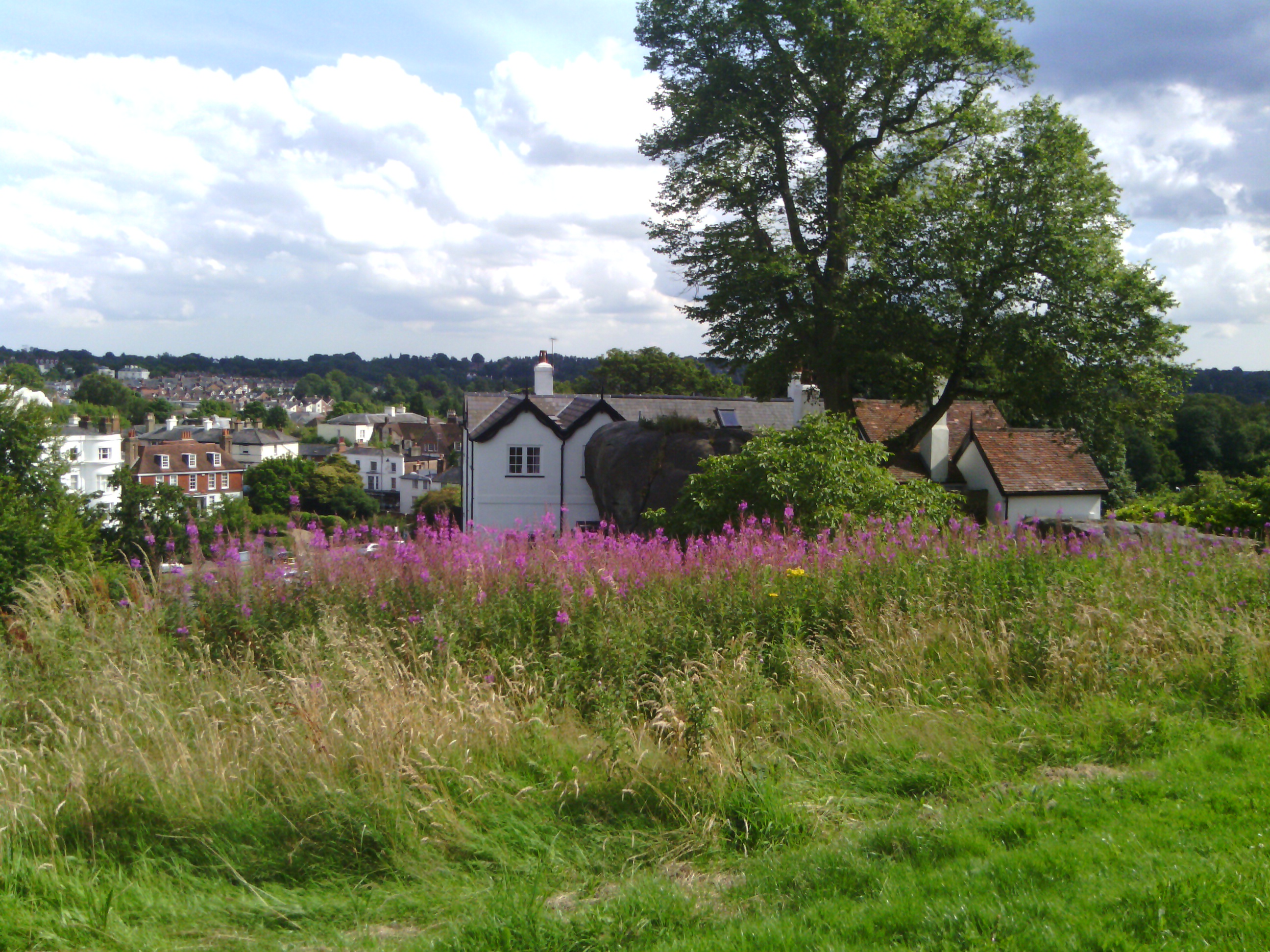
Click here to see the full resolution image
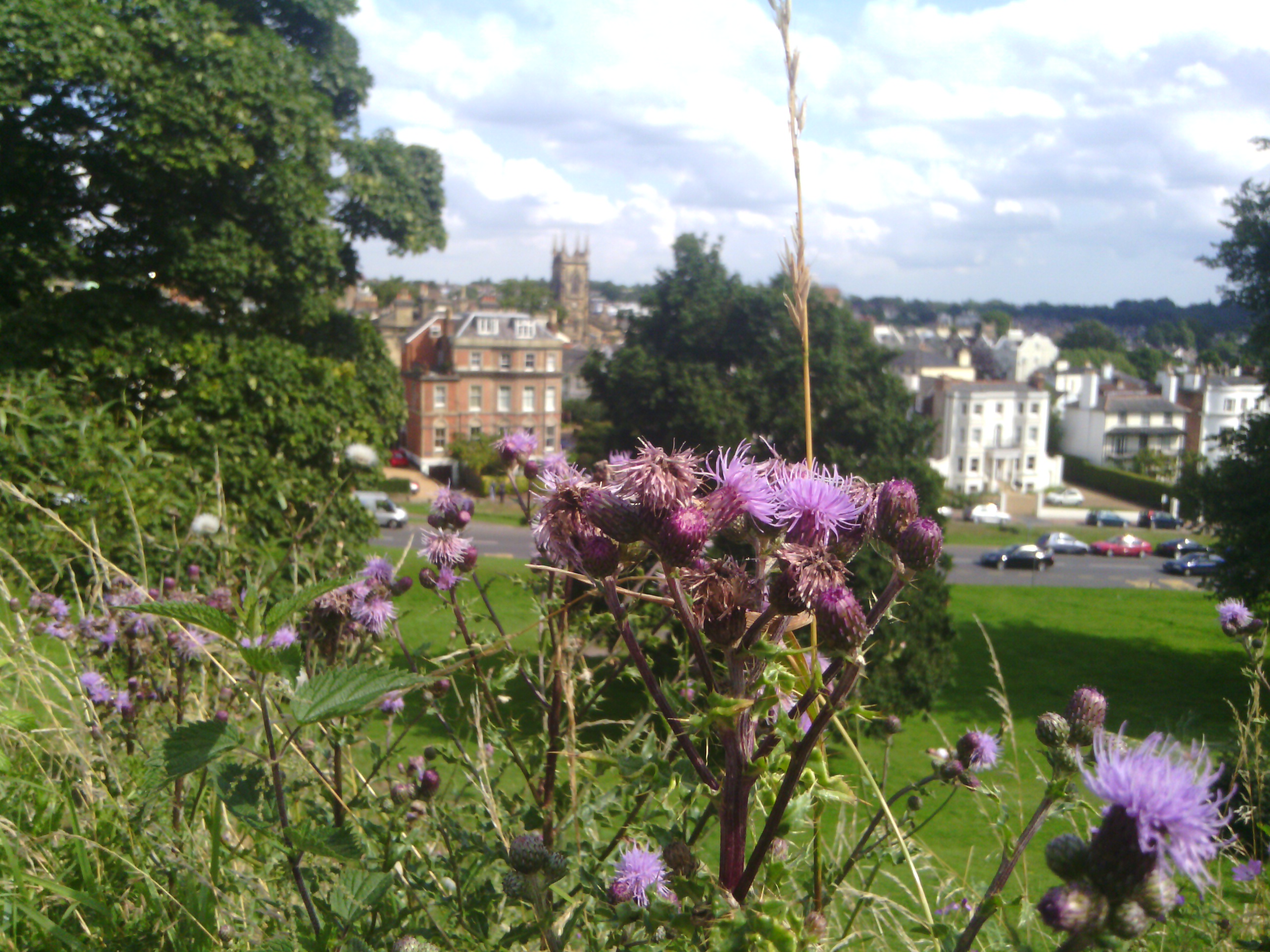
Click here to see the full resolution image
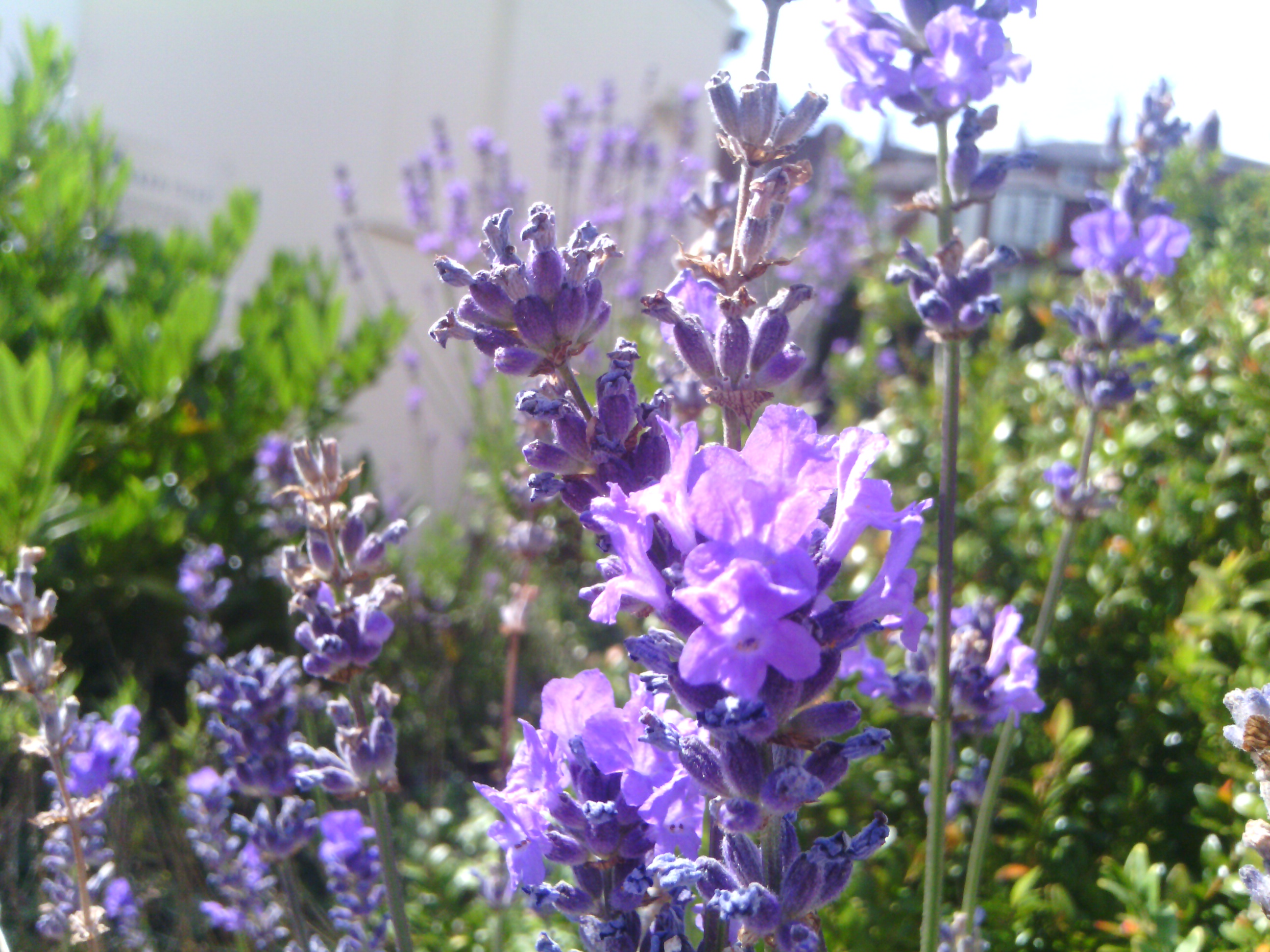
Click here to see the full resolution image

Click here to see the full resolution image

Click here to see the full resolution image

Click here to see the full resolution image
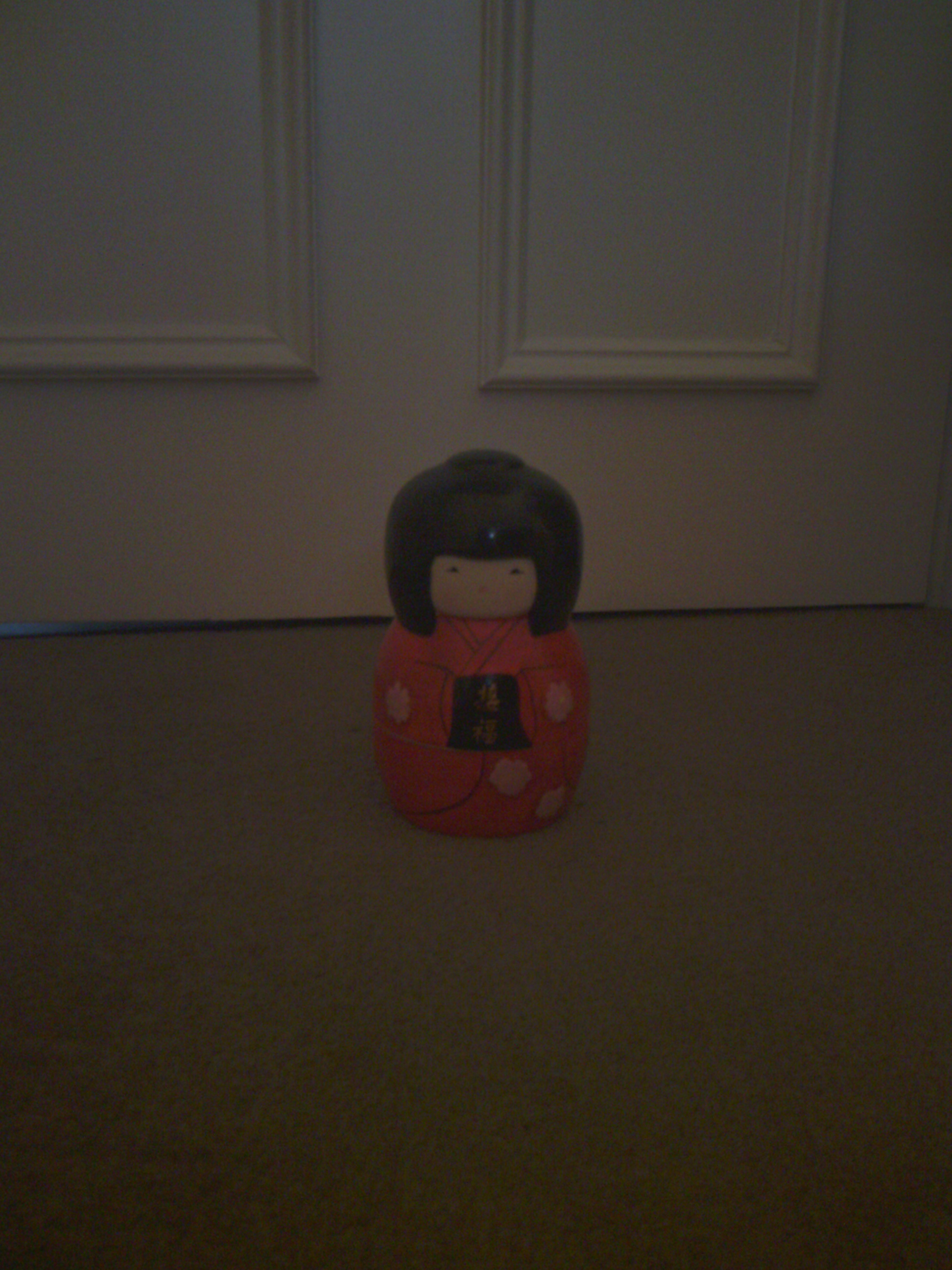
Click here to see the full resolution image
